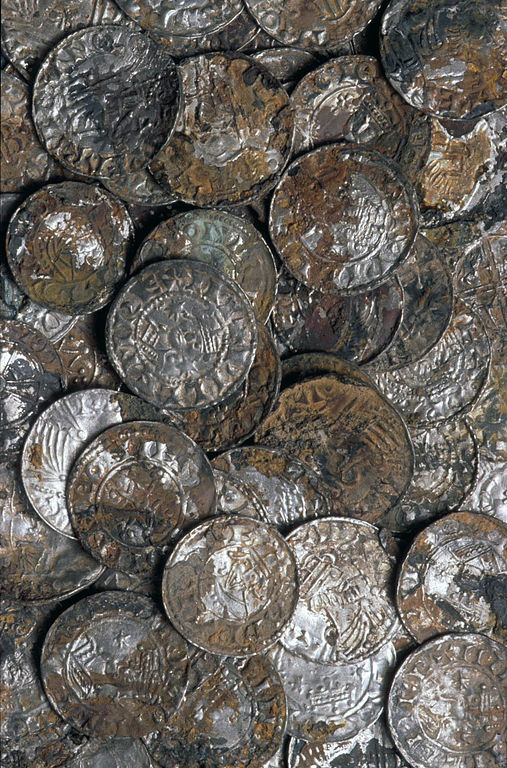A couple has unearthed a hoard of thousands of silver coins that date back to the era of the Battle of Hastings in 1066 and provide potential evidence of medieval tax evasion.
Discovered by Lisa Grace and Adam Staples while metal detecting in the Chew Valley, the coins are said to offer an interesting glimpse into life after the Norman invasion and depict both William the Conqueror and defeated King Harold II.
Grace and Staples said: “It’s an amazing feeling to have unearthed this spectacular hoard. We’ve been dreaming of this for 15 years but it’s finally come true. It went from one coin, three coins, 30 coins and gradually progressed. It took about four, five hours to dig it up.”
Experts have also revealed that the coins show signs of being tampered with due to the mixed designs. In fact, they’re thought to provide evidence that the person who was striking the coins was using an old design in order to avoid using an up-to-date coining tool.

Additionally, they offer an example of how French-speaking officials struggled to understand the English language, which has been poorly stamped onto some of the coins.
In total, the metal detectorists found 2,528 coins in the field during January of this year, rendering the hoard the largest Norman find since 1833. As of yet, the coins have not been declared treasure or officially valued, but it is thought that the hoard could be worth more than £5 million.
Experts have revealed that this number of coins in the 1060s would have been the equivalent of an entire estate and was likely buried by a landowner to avoid theft during the unrest that surrounded the Battle of Hastings.
Commenting on the discovery, Rebecca Pow, Minister for Arts, Heritage and Tourism, said: “This is a very exciting discovery and important finds like this shed new light on the remarkable and fascinating history of our country.”
Gareth Williams of the British Museum, where the coins have been sent for analysis, added that they could have a huge influence on our understanding of life at that time.
“This is an extremely significant find for our understanding of the impact of the Norman Conquest of 1066,” he said. “The coins help us understand how changes under Norman rule impacted on society as a whole.”
